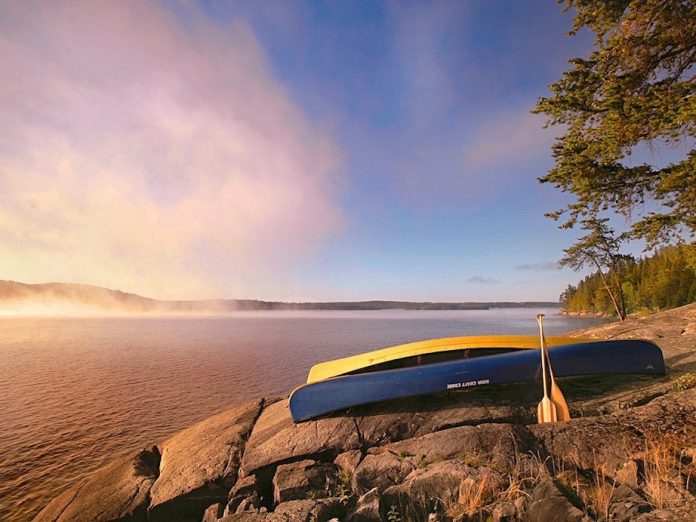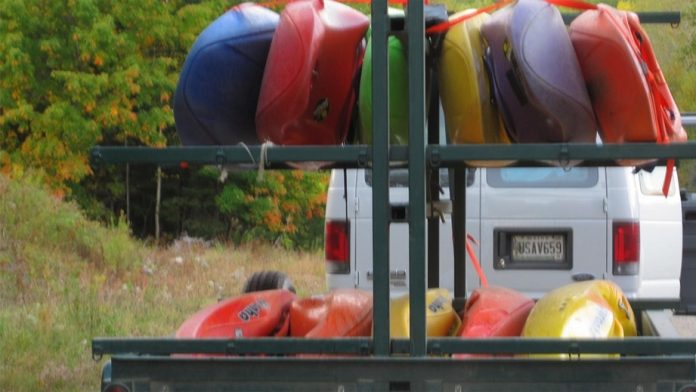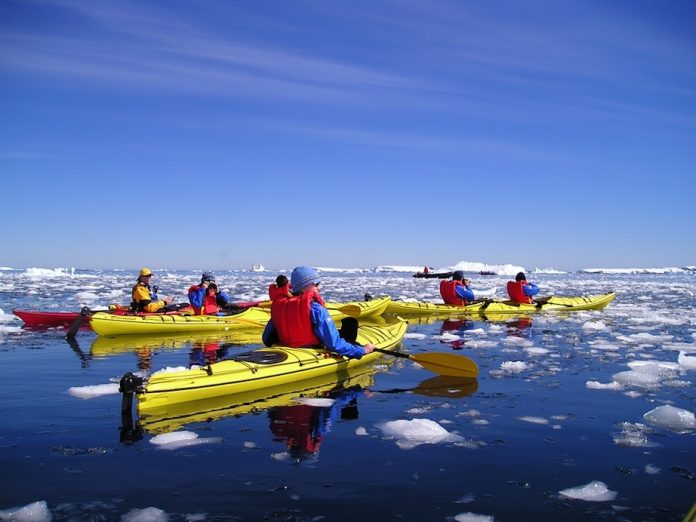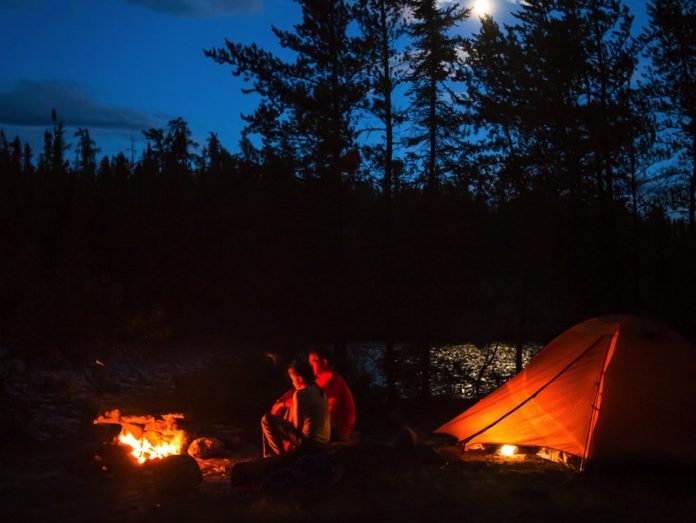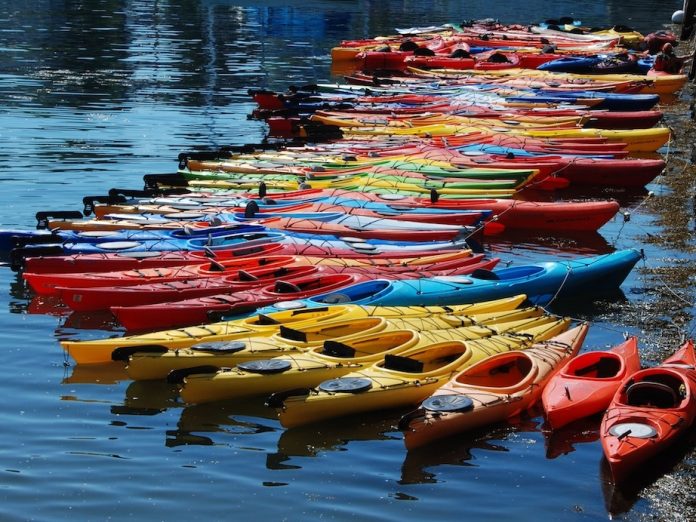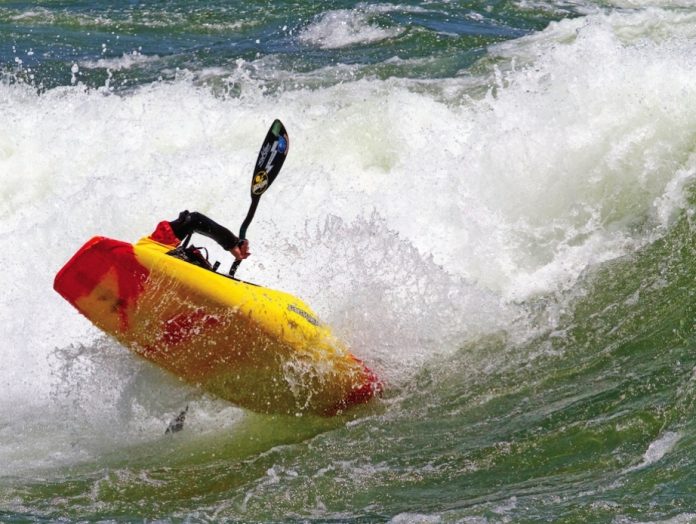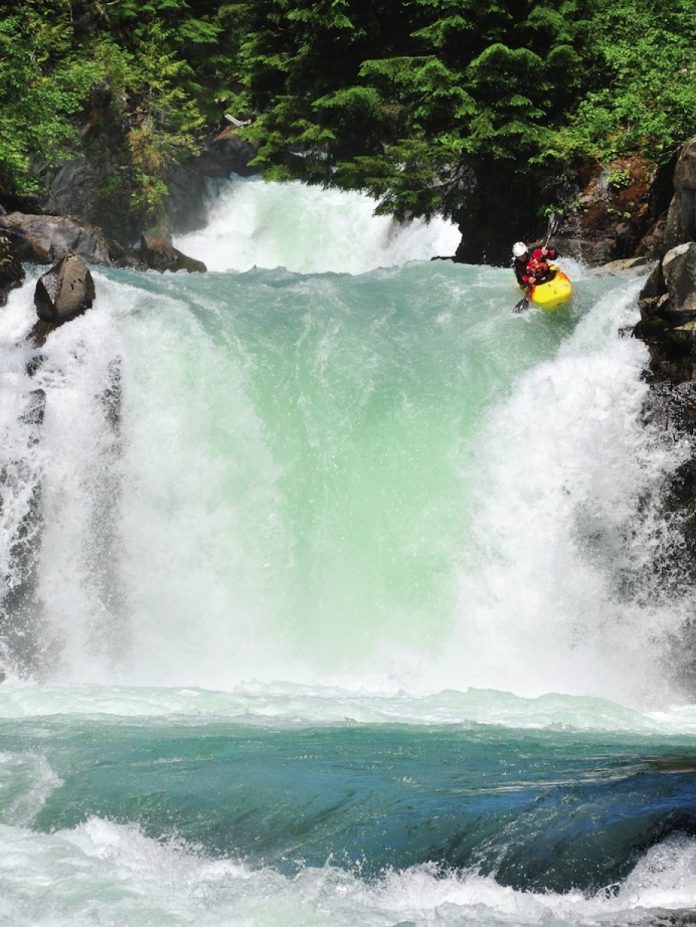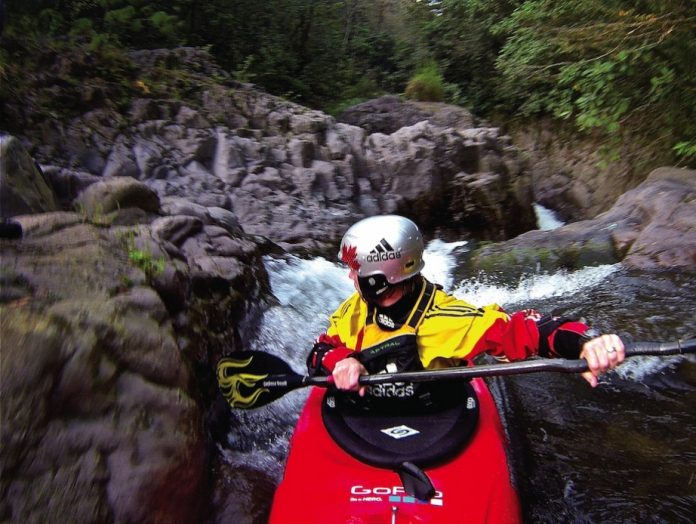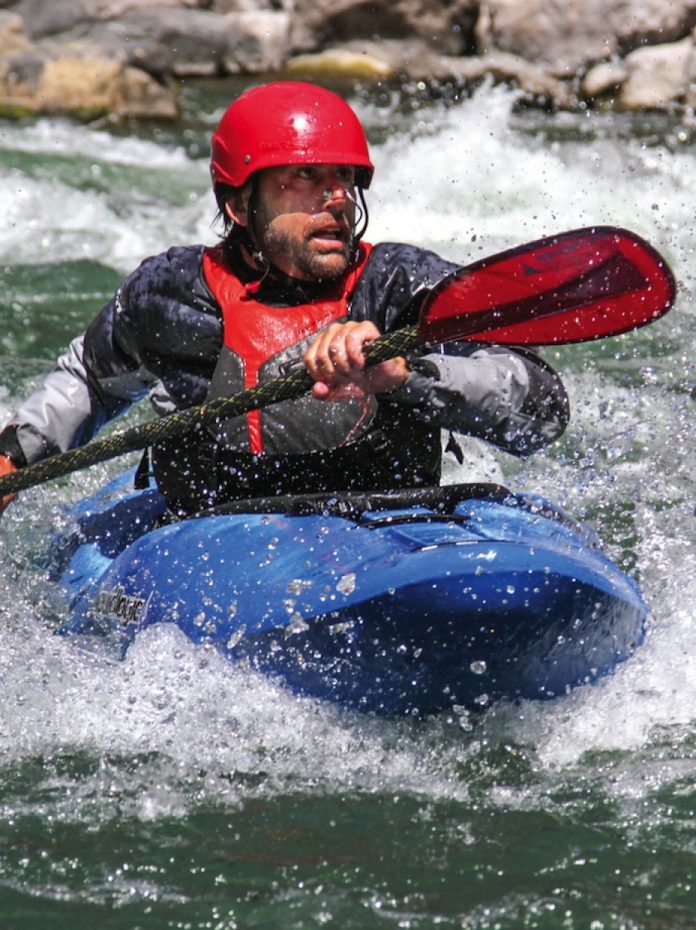Erik Weihenmayer isn’t your average kayaker. The 44-year-old recently made official his quest to become the first blind person to paddle the Grand Canyon in 2014.
Weihenmayer is not new to firsts. The adventurer and motivational speaker was the first blind person to climb Mount Everest in 2001 and conquered the Seven Summits in 2008. He’s also an accomplished alpine skier, rock climber and marathon runner. All of those achievements have helped prepare him for his hardest challenge yet.
“Kayaking is way more intense than anything I’ve ever done. So much is happening in such a short amount of time,” he says. “Learning to ski was hard, but the ground doesn’t move below you.”
The whitewater learning curve over the past six years has been steep and left Weihenmayer uncertain and scared at times. “There’s moments where I’m swimming through a rapid and I wonder, what am I doing here—there’s a reason there are no other blind kayakers in the world,” says Weihenmayer.
He kayaks with a spotter who either yells instructions or communicates via waterproof radio. There’s usually at least one other paddler for backup and occasionally a kayaker out front, picking lines. He has only praise for his growing team of boaters who “have to line me up and anticipate what the river will do and where the river will take me.” He prefers paddling big water, as opposed to small creeks and technical runs that require precise lines.
“I still have that sense of going into something crazy before a rapid,” he says. “It’s pretty daunting. I’d like to see if that changes with more experience, if I will eventually feel like I can handle anything.”
In April, Weihenmayer completed a successful 12-day reconnaissance trip to the Grand Canyon before he committed himself to going back on a 225-mile, 20-day trip in September 2014. “The very first day, the very first rapid was bigger than anything I’d ever done. I did pretty well—I survived, I got sucked into whirlpools but managed to roll up, and that gave me confidence.”
Weihenmayer says his biggest challenge will be endurance. “Kayaking is such a mental game for me so I get fatigued. I can get flipped on easy, no-name rapids just because I wasn’t expecting it.”
“Rivers are very complicated from a blind person’s perspective. The way currents and rapids form, they create a very wild, fast, uncertain and powerful environment,” he adds.
Even after next year’s Grand Canyon run, Weihenmayer expects to be hooked on kayaking for life—it’s something his whole family, including his two children, can enjoy, even from a raft. “We can all challenge ourselves in different ways, that’s the cool part about rivers.”
Follow Erik Weihenmayer’s journey at www.touchthetop.com
This article originally appeared in Rapid, Summer/Fall 2013. Download our free iPad/iPhone/iPod Touch App or Android App or read the rest here.



